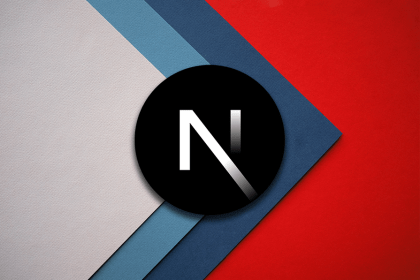Creating your very own AI influencer is an exciting journey that combines technology and creativity. Imagine having a digital ambassador for your brand, crafted from innovative AI and computer graphics. Let’s explore what an AI influencer is all about.
An AI influencer, or Artificial Intelligence influencer, is a synthetic character generated through advanced AI and computer graphics technologies. Unlike human influencers who gain popularity through real-life experiences, AI influencers are designed solely for engaging audiences on social media platforms.
AI influencers possess characteristics carefully crafted by designers and AI developers. They are designed to look as realistic as possible, with detailed features, expressions, and unique styles. Their personalities are scripted and programmed, enabling them to express opinions, engage in conversations, and even exhibit human-like emotions.
The creation process of AI influencers involves sophisticated techniques such as motion capture and computer graphics. Designers and AI developers collaborate to determine the influencer’s physical attributes, clothing styles, and overall aesthetic.
AI influencers are versatile and can be tailored to fit specific roles, themes, or brand images. They can represent diverse demographics, cultures, and personalities, catering to a wide range of target audiences. Just like human influencers, AI influencers are active on various social media platforms, posting content, engaging with followers, and participating in trends.
Having an AI influencer offers strategic advantages for brands and businesses in the digital landscape. One key benefit is the infinite customization possibilities. AI personalities can be meticulously designed to align with specific brand images, target demographics, and marketing objectives, ensuring a tailored message that resonates with the intended audience.
AI influencers provide consistent brand representation over time. Unlike human influencers who may face personal challenges or controversies, AI personalities remain stable and reliable, fostering trust and reliability among the audience.
AI influencers are not bound by human limitations such as time zones or personal schedules. They can maintain an active online presence 24/7, engaging with global audiences across different time zones. This constant availability enhances the influencer’s reach, ensuring the brand remains visible and accessible at all times.
AI influencers are less susceptible to the risks associated with human influencers. They don’t exhibit unpredictable behavior or attract negative publicity, offering a level of control and predictability that can be crucial in the volatile world of social media.
AI influencers can generate content at a rapid pace, adhering to specific themes and styles defined by the brand. This targeted content creation ensures a continuous stream of material that resonates with the audience and aligns with the overall marketing strategy.
They are versatile across various social media platforms, seamlessly adapting to each platform’s unique trends and preferences. This adaptability ensures the brand remains relevant and engages effectively with diverse online audiences.
AI influencers open up new possibilities for storytelling, allowing brands to experiment with innovative narratives, scenarios, and virtual interactions. This innovative approach to storytelling can captivate audiences, making marketing campaigns more memorable and impactful.
While the initial development of an AI influencer may require investment, the long-term benefits include efficient resource utilization. AI influencers don’t demand continuous management or personal attention, freeing up resources for other aspects of the marketing strategy.
As the metaverse continues to evolve, AI influencers provide a bridge between virtual and real-world interactions. Brands can explore this immersive space, engaging with audiences in three-dimensional environments, showcasing a forward-thinking approach to influencer marketing.
Creating your own AI influencer involves a combination of artistic and technical processes. It begins with defining the purpose and persona of your influencer, followed by conceptualizing their appearance. Collaboration with AI tools and platforms can help bring your AI influencer to life.
Real-life examples of AI influencers include Lil Miquela, a hyperrealistic virtual influencer who has gained mainstream recognition on Instagram and TikTok. Aitana López and Maia are Spanish AI models created by The Clueless agency, representing the evolving landscape of AI-generated models with customized appearances and distinct personalities.
Embark on the journey of creating your own AI influencer, and explore the endless possibilities of this exciting digital realm.
Source link






















